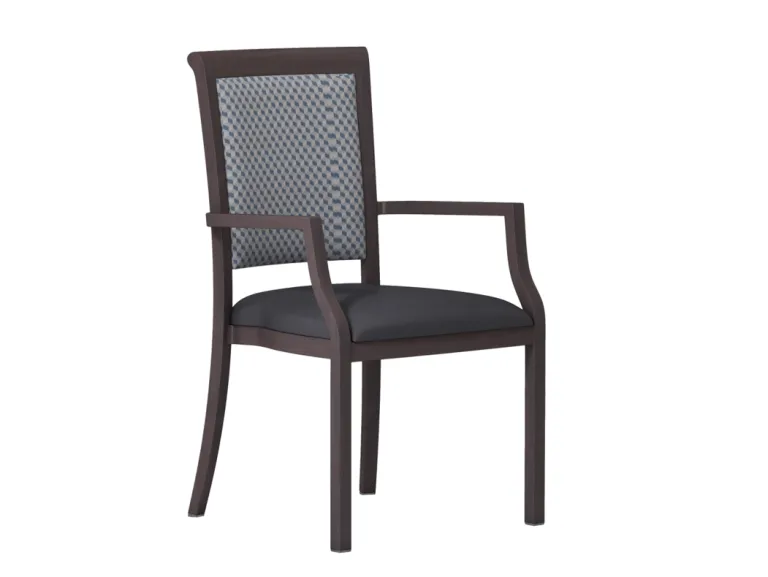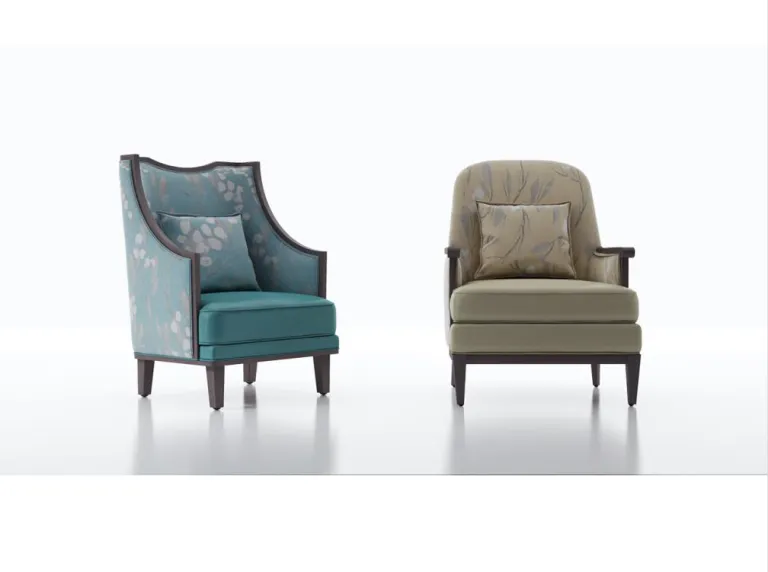What Is The Best Chairs For Care Homes?
Depending on the frequency of usage and the quality of maintenance, chairs for care homes in nursing homes may last anywhere from five to ten years. Buying new high-back chairs isn't something that has to be done often, but there are a few things you should keep in mind to make sure they're a good investment and meet the needs of your residents without breaking the bank.
The average senior citizen spends at least nine hours a day sitting. In light of this, it is essential to offer suitable sitting to reduce agitation, discomfort, weariness, and deep vein thrombosis (DVT) and increase comfort and continence. Selecting chairs for care homes that exude warmth and familiarity is another way to make your community feel like home to visitors and residents alike. In this article, we'll go over four factors to think about before you buy new chairs for care homes for your living room. These guidelines may be used by any facility that provides care for people with dementia.

1. How high should the arms be on the chairs at a nursing home?
Arms on chairs for care homes are commonly used to help people stand up and sit down, so they must be at a good height. Stability is another benefit of having arms, and for people who experience restlessness or agitation, having a place to lay one's arm may be a welcome diversion. Arm heights may vary based on the nursing chair type but as a general guideline, search for chairs with an arm height of between 625 - 700mm from the floor to the top of the arm.
2. Chair seat height and depth must be determined
When the chairs for care homes is too high or too low, the user is forced to lean forward, which puts unnecessary strain on the lower back and feet from bearing the body's weight in one spot. While a higher seat height eases the pressure on the hips and knees, making it possible to get up from a chair without difficulty, it is still vital to ensure that the height is suitable for sitting. Seat heights between 410 and 530 mm are preferable to accommodate individuals with a wide range of mobility needs and abilities. It's also important to consider the seat depth, with recommendations ranging from 430 to 510 mm.
3. How high of a back and at what angle should a chairs for care homes back be?
Even though sloping or reclining backs make sitting more comfortable, research shows that they make it more difficult for elderly persons to get up from a chair on their own. We recommend having sloping and reclining chairs available to accommodate as many guests as possible. Chairs with lower or medium backs are more common in activity or reception and waiting rooms, whereas chairs for care homes with higher backs are more common in lounge and living room settings. Seating with low and high backs should be plentiful in multipurpose areas so people can rest and participate in activities as needed. The ideal range for a low back chair's back height is 460 to 560 millimeters. You generally want a chair for care homes with a back height of between 675 and 850 mm for a high back.
4. Which kind of chairs for care homes looks best in a nursing home?
The chairs you choose will have to complement the decor, the color scheme, and the available space in your home. Although a chairs for care homes looks excellent in a more classic environment, a tapered leg and a sleeker chair profile are better choices for a more contemporary house. Chairs with and without wings, high backs, medium backs, and two-seaters should all be available to facilitate conversation and contact between residents and caregivers. Although wingback chairs provide extra comfort, it's important to remember that they also block residents' views and make it harder for them to initiate conversations with their neighbors.

Try out the new high-back chairs you're considering to make sure they're comfortable before you buy them, and keep in mind that you'll need more back and neck support as you get older. The upholstery fabric and pattern should be thought out to ensure they complement the rest of the room's design, are comfortable for the people who will be using them and can withstand the expected level of wear and tear. Check out Yumeya Furniture Nurshing Home Chairs page if you need some guidance deciding between textile upholstery, imitation leather, and a hybrid of the two.
Conclusion:
In conclusion, you can take a few basic steps to guarantee that the new chairs for careare both practical and comfortable for the residents. Having chairs with adjustable seat and back heights is a nice touch that won't detract from the overall aesthetic of your shared spaces.

Email: info@youmeiya.net
Phone: +86 15219693331
Address: Zhennan Industry, Heshan City, Guangdong Province, China.










































































































